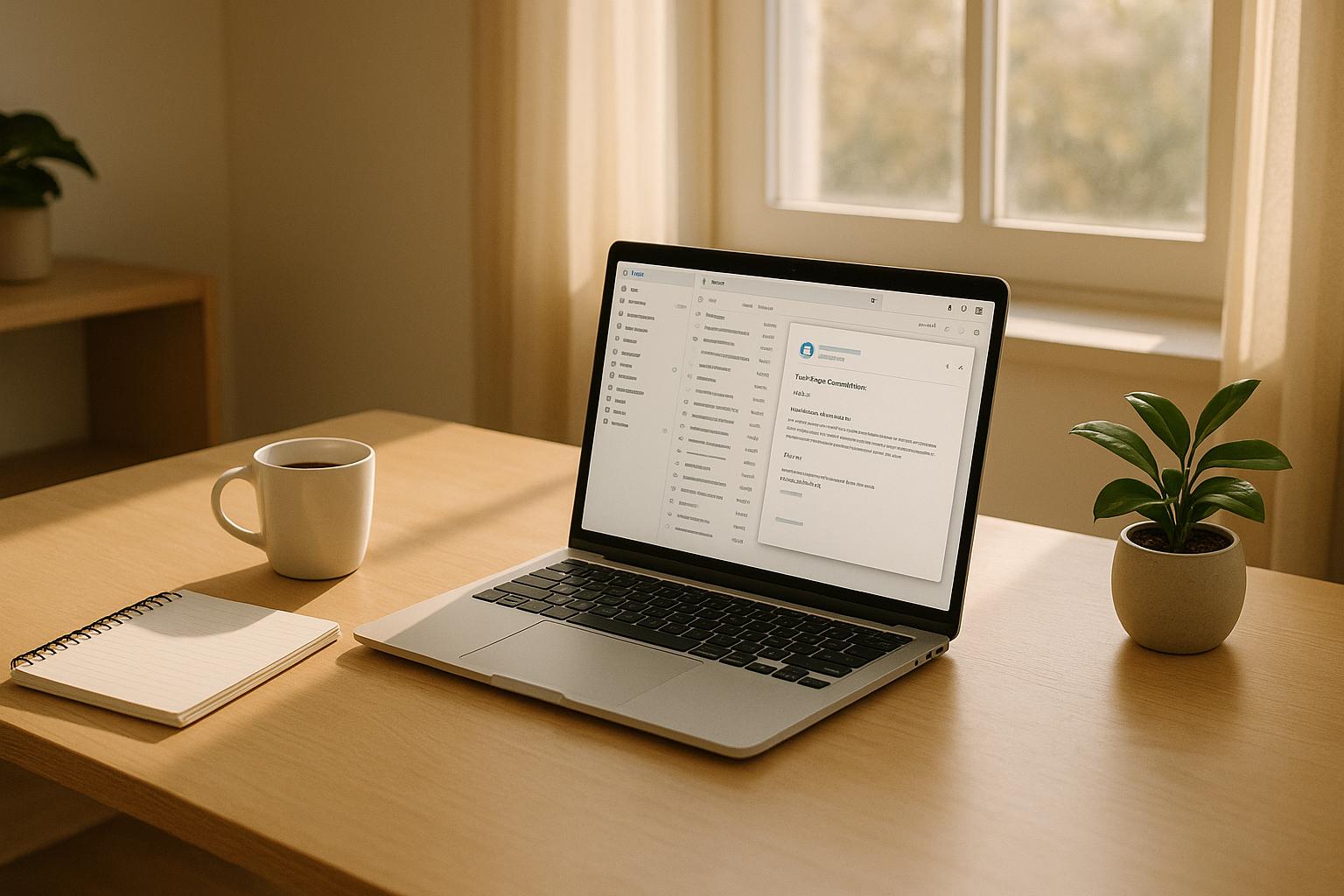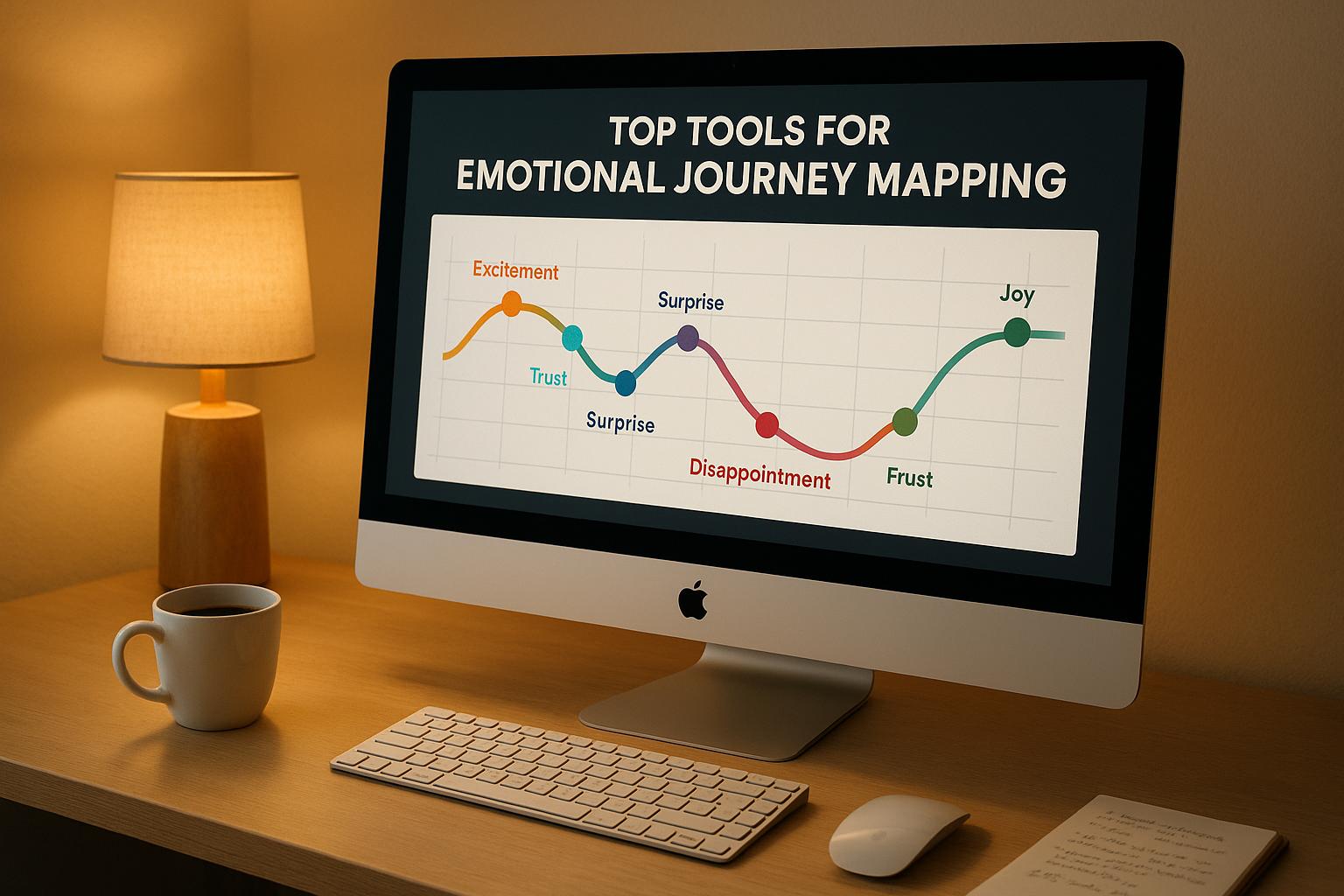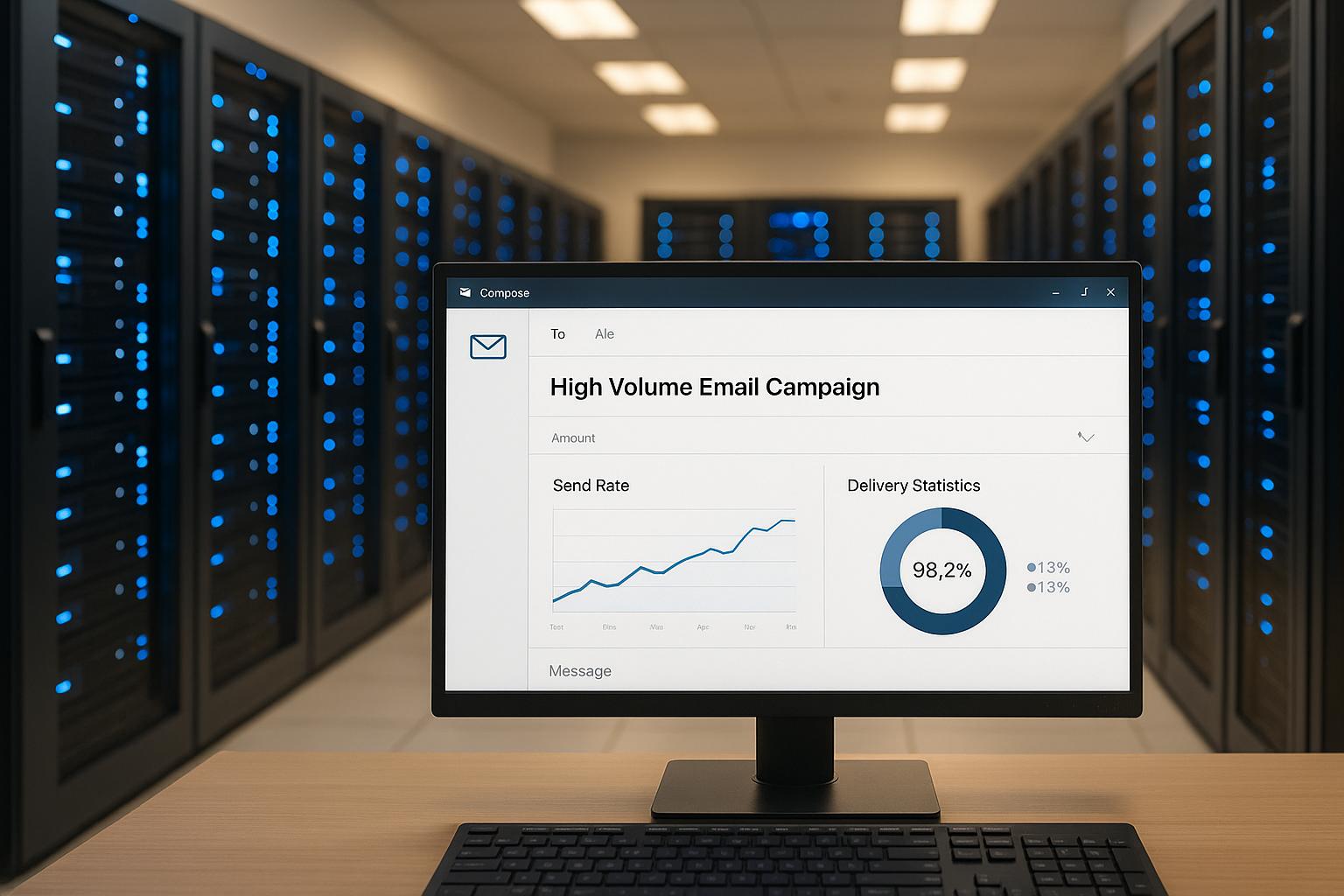Email marketing success depends on understanding seasonal trends. Engagement peaks during holidays and fluctuates with annual cycles. To optimize your campaigns, focus on these key takeaways:
- Timing Matters: Emails sent early mornings in summer or late mornings in winter perform better.
- Seasonal Content Works: Tailor your message to holidays, tax season, or back-to-school themes.
- Use Data: Analyze your audience’s habits and industry trends to align your strategy.
- Engagement Peaks: Black Friday, Cyber Monday, and December promotions show the highest open rates.
Seasonal milestones for ecommerce: Q1 | Omnisend Webinar
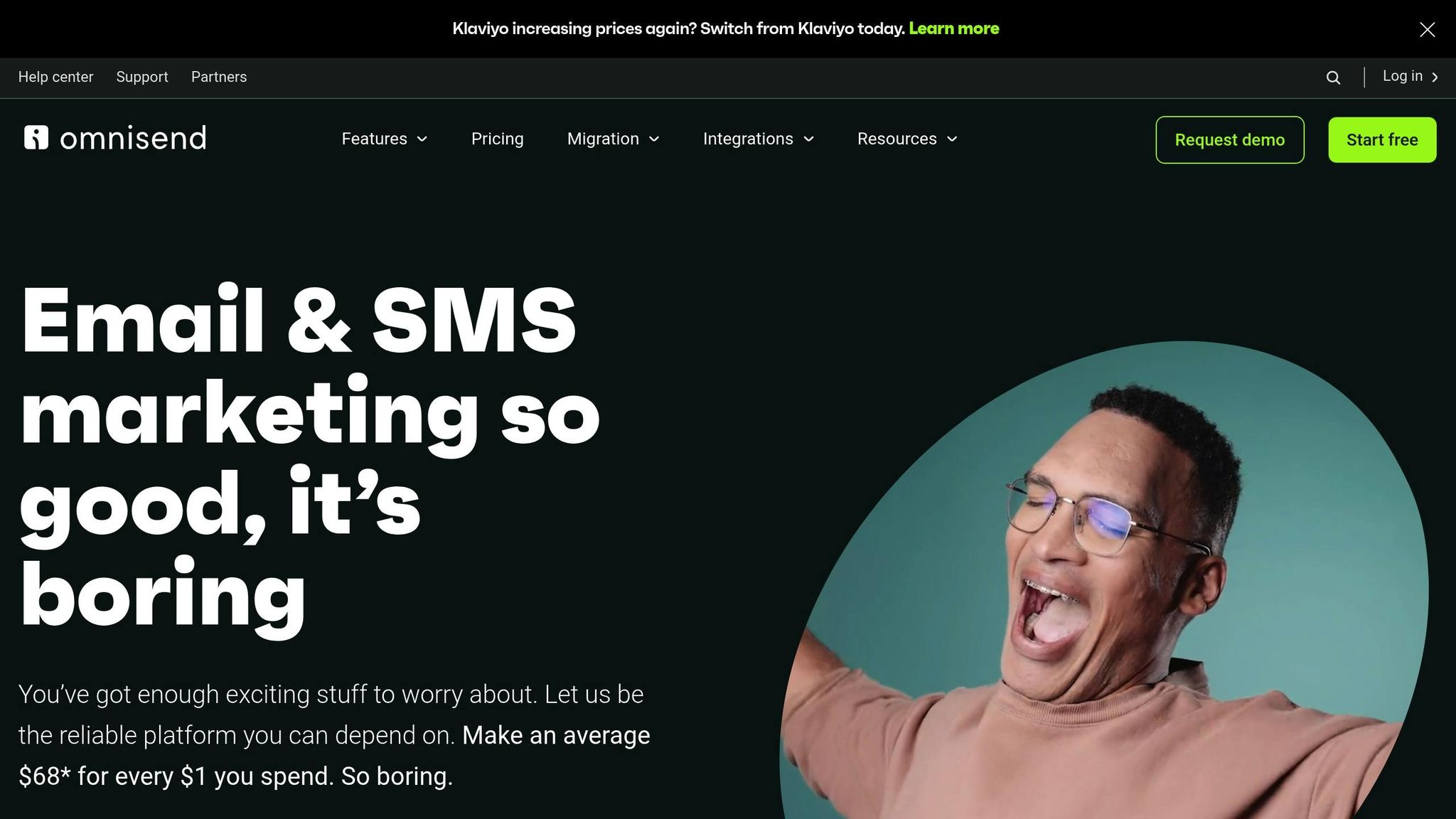
Major Seasonal Email Patterns
Email engagement tends to rise during major shopping seasons and times of seasonal change. Understanding these patterns can help marketers fine-tune their campaign timing and approach.
Holiday Shopping Trends
The holiday shopping season brings noticeable changes in email engagement. Black Friday and Cyber Monday consistently show high open rates, with the best-performing campaigns sent during early morning hours. Between Thanksgiving and Christmas, email interactions like click-throughs and conversions also increase significantly. These trends align with shifts in consumer behavior during this time of year.
Consumer Behavior by Season
Consumer engagement with emails shifts depending on the season. Here's a breakdown:
Spring (March–May)
- Engagement is highest in mid-morning hours.
- Topics like home improvement and outdoor living perform well.
- April's tax season boosts interest in financial service emails.
Summer (June–August)
- Early mornings see stronger engagement.
- Travel-related campaigns generate more responses.
- Weekday emails outperform those sent on weekends.
Fall (September–November)
- Back-to-school themes drive attention and clicks.
- Shorter daylight hours lead to increased evening engagement.
- Seasonal promotions, like Halloween deals, perform better.
Winter (December–February)
- Engagement shifts to later in the morning.
- Post-holiday sales remain effective through January.
- Weather-focused campaigns see a boost in interaction.
These seasonal insights can help marketers align their email strategies with natural engagement patterns, improving the chances of campaign success.
Email Performance by Season
Understanding how email campaigns perform throughout the year can help you align your strategy with seasonal consumer behavior.
Spring Email Trends
Springtime sees a boost for financial services due to tax season, while home improvement and retail emails gain attention as households start seasonal projects. Morning emails perform particularly well, with open rates increasing by 12%, and click-through rates showing a similar lift.
Summer Email Patterns
During summer, industries like travel, outdoor recreation, and food and beverage see higher engagement. Timing is key - emails sent early in the morning (6-8 AM) experience 15% more engagement compared to other times of the day.
Fall Email Results
Fall is driven by back-to-school shopping, Halloween, and early holiday preparations. These activities lead to a 22% jump in conversion rates during peak periods, making fall a strong season for email campaigns.
Winter Email Statistics
Winter delivers the highest engagement levels of the year. Black Friday and early December promotions hit peak open rates of 28%. Post-holiday emails also perform well, as shoppers hunt for clearance deals and make plans for the New Year.
sbb-itb-6e7333f
Key Email Success Factors
Understanding what drives seasonal email performance can help you fine-tune your campaigns for better results.
Send Time Analysis
The best time to send emails can change depending on the season and your audience. Matching your send times to your audience's routines can lead to higher engagement.
Here’s how you can optimize timing:
- Align send times with your audience’s daily habits and local time zones, considering both work schedules and lifestyles.
- Experiment with different time slots to find when your audience is most responsive.
- Adjust your schedule to reflect seasonal changes in engagement patterns.
Once you’ve nailed the timing, the next step is to focus on creating content that resonates.
Content Customization
The content of your emails should reflect the season to stay relevant and engaging.
Ways to customize your emails:
- Include seasonal themes and topics that match current interests.
- Use design elements like seasonal colors and visuals to set the tone.
- Personalize offers based on seasonal shopping habits.
- Add content that ties directly to seasonal events or trends.
Seasonal Message Alignment
To make your campaigns even stronger, align your messaging with seasonal events and activities.
Strategies for alignment:
- Create a content calendar that highlights key seasonal events.
- Use themed email templates to tap into seasonal trends.
- Test subject lines with a seasonal focus before the busiest times.
- Set up automated triggers for behaviors tied to seasonal activities.
Email Marketing Tips
Campaign Timing Guide
To nail your campaign timing, dig into your data. Look for patterns in seasonal engagement and adjust your send times to match your audience's habits. Study when your recipients are most active and refine your timing accordingly. Pair this with smart list segmentation to maximize your results.
Audience Targeting Methods
Segmenting your email lists is a game-changer. Break them down by factors like seasonal buying habits, location, previous interactions, and where they are in their customer journey. Most email marketing platforms offer segmentation features that can help you boost engagement and conversions. For added precision, check out tools from the Email Service Business Directory.
Email Service Business Directory Tools
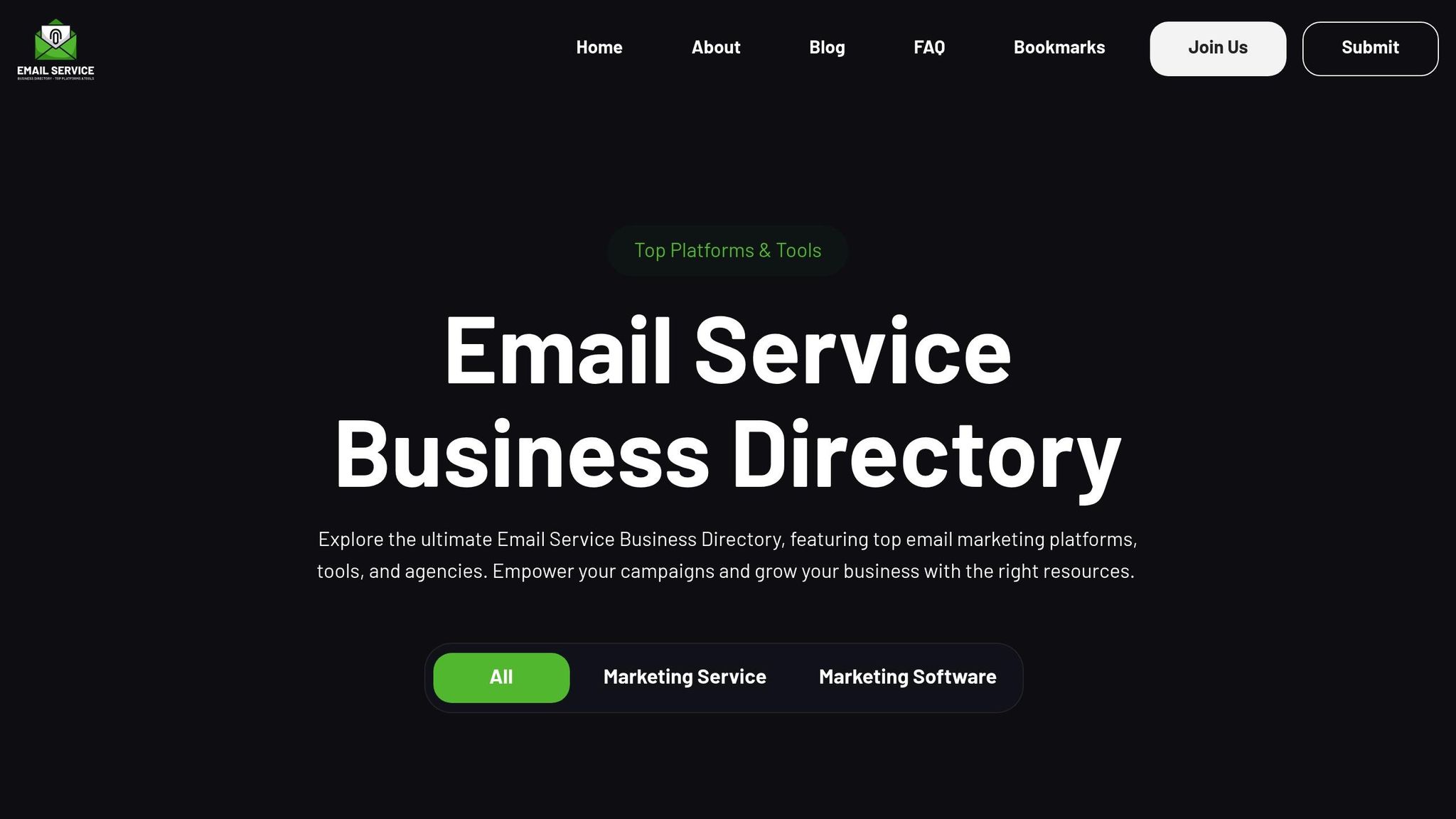
These tools can help streamline your seasonal email campaigns:
| Tool Category | Purpose | Key Benefits |
|---|---|---|
| Email Validation | Cleans your list before busy seasons | Better deliverability |
| AI Personalization | Creates tailored email content | Higher engagement |
| Automation | Schedules campaigns automatically | Reliable timing |
| Analytics | Tracks performance metrics | Real-time adjustments |
Conclusion
Seasonal email engagement presents a chance to fine-tune your campaigns for better results. Adjusting to seasonal shifts is crucial for maintaining strong email performance. These takeaways align with earlier insights to help refine your strategy.
Key Takeaways
Here are three critical areas to focus on:
-
Timing Adjustments
Understand how peak engagement times change with the seasons and schedule your emails strategically to match audience behavior. -
Using the Right Tools
Leverage tools from the Email Service Business Directory to enhance your campaigns. Features like personalization, automation, and analytics can be tailored to meet seasonal demands. -
Seasonal Content
Craft messages and offers that align with the season to keep your audience engaged and interested.
FAQs
What’s the best way to find the ideal time to send emails during different seasons?
To identify the best time to send emails for seasonal campaigns, analyze engagement data from past campaigns to spot trends and patterns. Pay attention to factors like open rates, click-through rates, and audience behaviors during specific times of the year. Additionally, consider using tools and resources that offer insights into email marketing strategies tailored to seasonal trends. Testing and adjusting your schedule based on these insights can help maximize engagement and results.
How can I tailor email content to reflect seasonal trends and consumer behavior?
To effectively align email content with seasonal trends and consumer behavior, focus on timing, relevance, and personalization. Start by analyzing past campaign performance and identifying patterns in customer engagement during specific seasons or holidays. Use this data to craft messages that resonate with your audience's current needs and interests.
Incorporate seasonal themes into your subject lines, visuals, and offers to capture attention. For example, highlight holiday promotions, back-to-school deals, or summer savings. Additionally, segment your audience to deliver tailored content - such as recommending winter essentials to customers in colder regions or summer gear to those in warmer climates. By combining data insights with a thoughtful, seasonal approach, you can boost engagement and drive better results for your campaigns.
What tools can I use to enhance my seasonal email marketing campaigns?
The Email Service Business Directory provides a selection of tools and resources to help you optimize your seasonal email campaigns. These include platforms for email automation, tools for crafting engaging and creative content, and solutions to support audience growth.
By leveraging these tools, you can better understand seasonal engagement trends and create campaigns that resonate with your audience during key times of the year.
